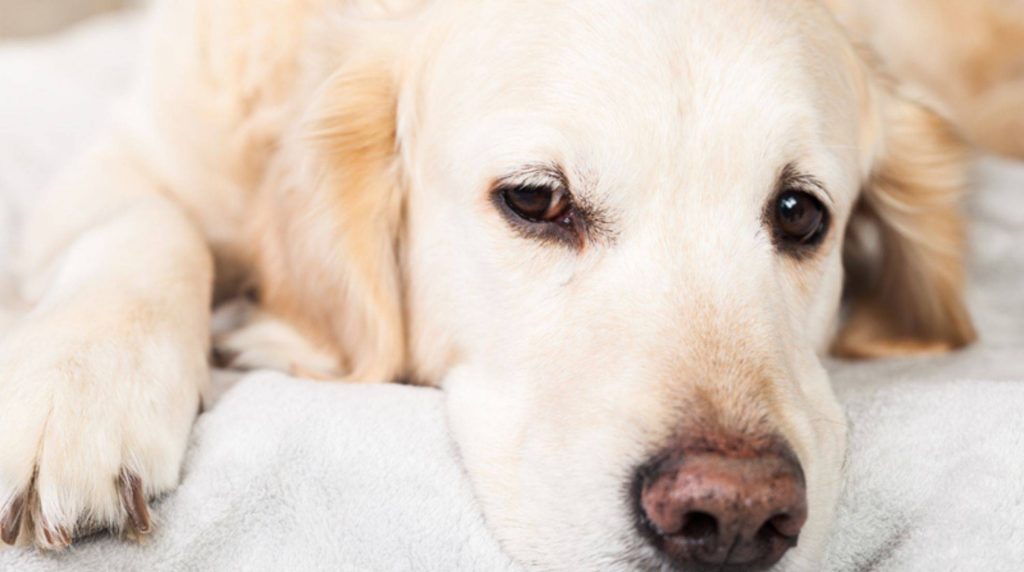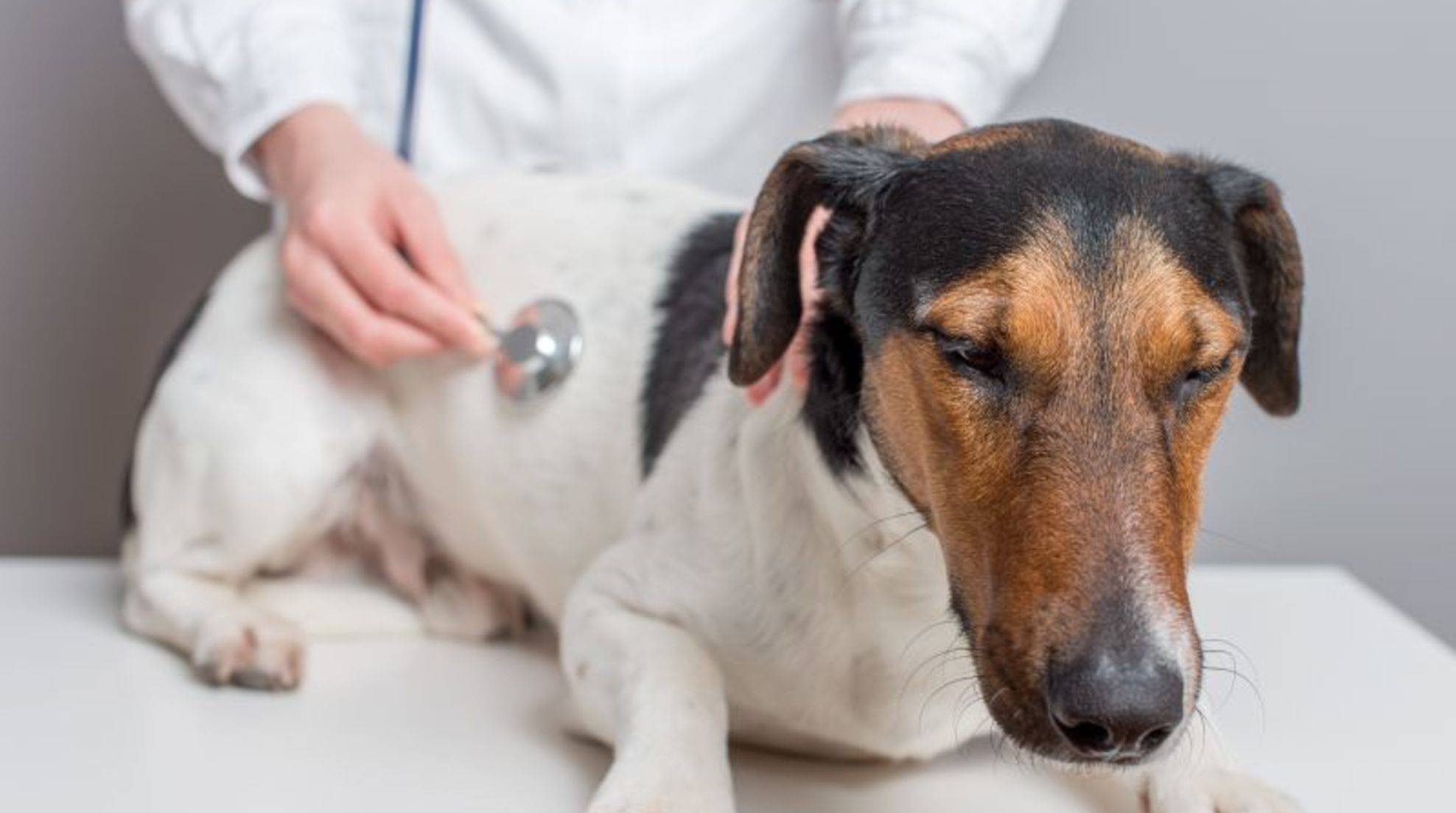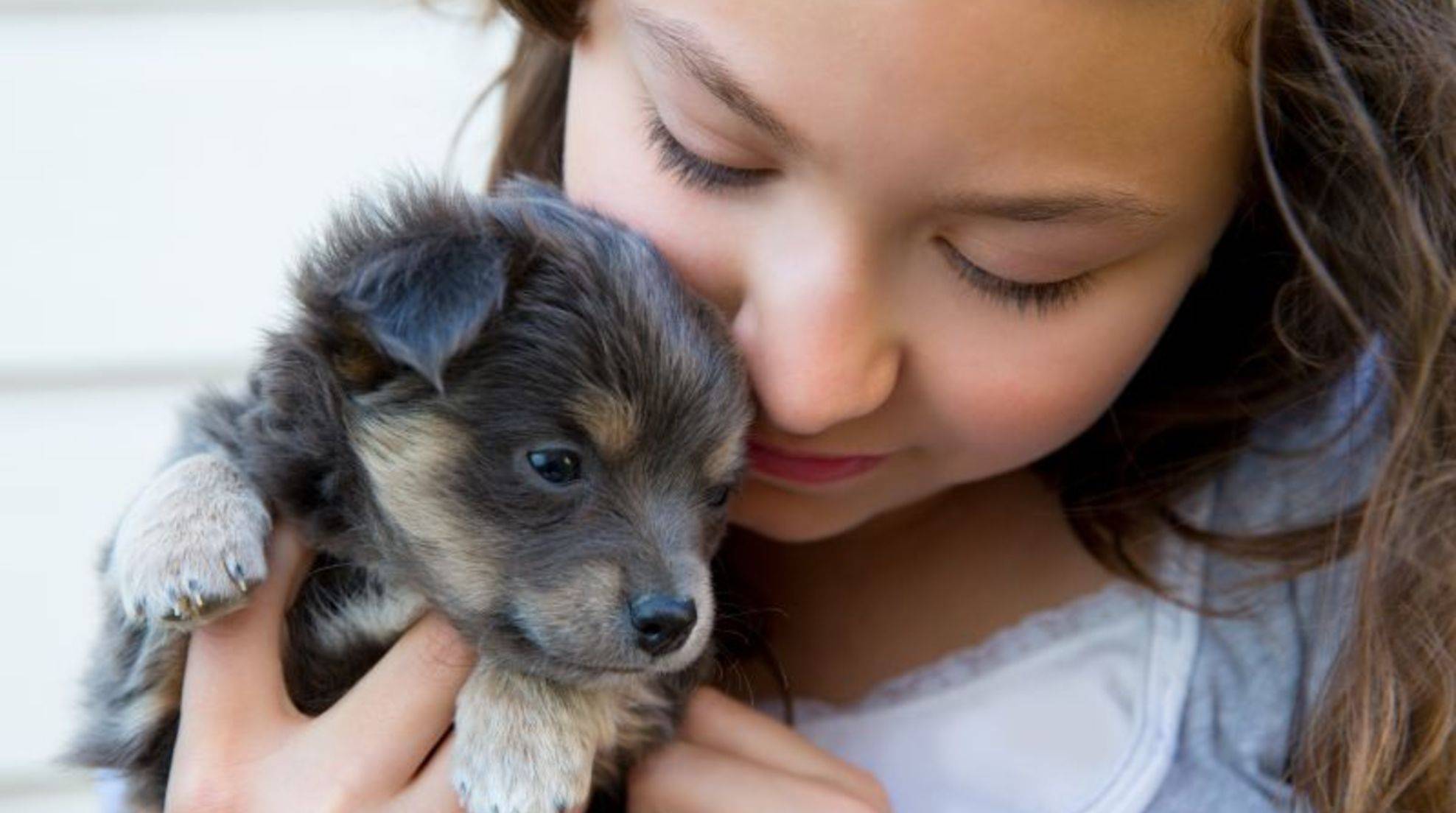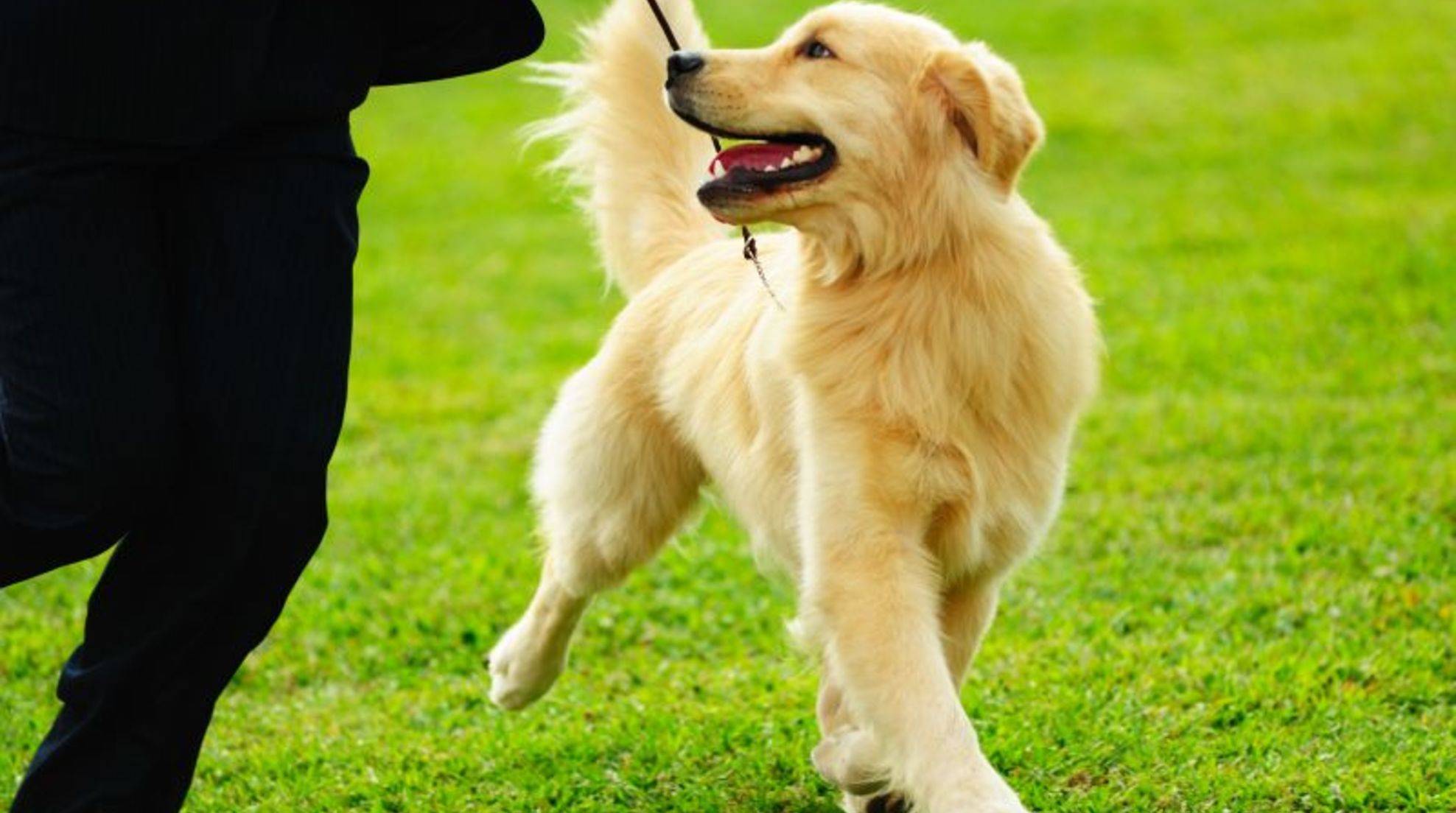Vestibular syndrome in dogs: causes, symptoms, and treatment
The vestibular syndrome is a disorder of the equilibrium organ in dogs. Mostly older quadrupeds are affected by it. By which symptoms you can recognize the disease and what the treatment looks like, you will learn here.
The vestibular syndrome is very similar to a stroke. The symptoms of both diseases are almost identical. Only a veterinarian can make a definitive diagnosis. You can find more information about strokes in dogs in our guide: Can dogs get a stroke?
Vestibular syndrome in dogs: Possible causes
The cause of the vestibular syndrome is usually a circulatory disorder in the so-called vestibular organ. It is located in the inner ear and controls balance.
If the blood flow to the vestibular organ is disturbed, this can have various causes. For example, cardiac insufficiency, an inflammation in the body, or a tumor disease may be possible. Therefore, vestibular syndrome is not a disease in its own right but indicates another underlying illness.
Symptoms of the vestibular syndrome
Similar signs as a stroke accompany the vestibular syndrome. For example, the dog may suddenly fall over, be unable to sit up, hold its head at an angle, or appear as if drunk.
In addition, affected dogs feel bad, suffer from nausea, vomiting, and heavy salivation. They are hungry but have trouble reaching their bowl because of dizziness.
Here is an overview of all the symptoms of vestibular syndrome:
Balance problems
Dizziness
Head tilt
Twitching of the eyeballs
Confusion
nausea and vomiting
profuse salivating
Note: Whether the above symptoms are due to vestibular syndrome or a proper stroke, you should immediately take your pet to the vet. The sooner dogs get help, the better their chances of recovery.
This is how the disease is treated.
If a dog suffers from a mild vestibular syndrome, the veterinarian will administer anti-nausea and anti-vomiting medications. In addition, anti-inflammatory agents and certain vitamin supplements help.
In particularly severe cases, dogs can also be given infusions that improve fluid balance and stimulate blood flow and circulation.
After veterinary therapy: What you can do
Once dogs have survived the illness, they need plenty of rest and loving care. Pad your four-legged friend’s dog bed comfortably and make your home safe so your dog can’t hurt himself.
After one to two weeks of recovery, your pet will usually be much better. After four to eight weeks, the discomfort is often completely gone. Only a slight tilting of the head, very rarely also numbness can remain.
Note: It is essential that the veterinarian determines and treats the underlying disease that led to the vestibular syndrome. Otherwise, a relapse may occur.








